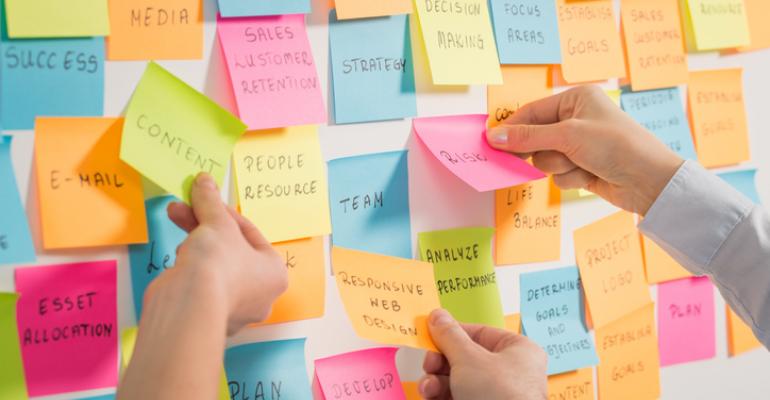Ensuring excellent participant experiences is an increased focus throughout the industry. In fact, the updated strategic meetings management wheel from the Global Business Travel Association, which I featured in my last column, now includes “participant experience” as one of the components to be addressed when designing an SMM program.
So, what does “participant experience” really mean? It’s all about designing an engaging experience for participants that suits their style of learning for the particular meeting or event. (Notice I did not say generational differences; learning styles are more personal than generational.) No longer is it enough to design a meeting using traditional agenda formats with lots of didactic sessions, 10-minute breaks, and jam-packed schedules with no room to absorb and discuss the new ideas being presented.
In fact, some suggest that much of a meeting’s content should distributed ahead of the event, so that the valuable face-to-face time can be used to discuss, debate, and evaluate what was presented. This concept is referred to as “flip thinking.” During the meeting, there are engagement technologies that can support polling during breakouts, capture real-time Q&A, and provide data insights to the meeting owner. Gamification is a fun strategy that can be used to engage participants before, during, and after a meeting. I also see knowledge cafes used frequently; these allow participates to go into a meeting room and select the topic(s) they are most interested in discussing within pre-determined areas.
These are just a few of many meeting design ideas that you can incorporate into your program. Other, more logistical processes can also affect the participant experience, such as the ease or difficulty of the registration process, pre-meeting communications, availability and quality of the meeting app, and purpose-built networking activities.
If you are not including some of these newer formats and technologies into your meetings, you are likely not meeting the experiential needs of your participants. And keep in mind that the experience starts well before and extends until after the meeting, in addition to the on-site experience itself.






